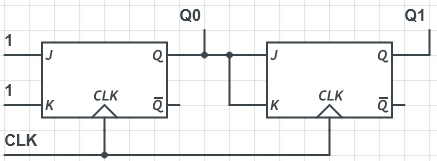Other Parts Discussed in Thread: TPL5110, SN74HC112, SN74LVC1G97
Hi,
I'm trying to use a timer IC to generate a square wave with a period of some seconds and a duty cycle of about 70% (or 30% and then inverting it).
I would like to use just HW, without a MCU.
The best IC I found to do this, I think, is the CD4536B, but studying the datasheet I didn't figure out how to generate a larger pulse width.
Is there any other IC that I can use at this scope?
Thank you in advance.
Best regards,
C.


